Explore the future of home renovations with our blog post. Uncover the top trends shaping home additions as we approach 2025, emphasizing sustainability, smart tech, and innovative designs to enhance your living space and well-being.
Disclaimer: this post may contain affiliate links, and every purchase made through these links will give me a small commission (at absolutely no extra cost for you!) AS AN AMAZON ASSOCIATE AND REWARDSTYLE MEMBER, I EARN FROM QUALIFYING PURCHASES. See Privacy Policy for additional info.
Home additions are taking on fresh significance as homeowners look for ways to enhance their living spaces in stylish yet practical ways. With 2025 on the horizon, these trends are set to redefine the standard in residential renovations. Sustainability and smart technology integration are the core drivers of upcoming home addition trends. These trends promise not only aesthetic upgrades but also improvements in energy efficiency and overall quality of life.
Innovative designs are incorporating features like modular additions and flexible spaces that adapt to various needs throughout the day. This flexibility is increasingly appealing to those seeking to maximize the utility of their homes without significant structural changes. Coupled with a growing emphasis on biophilic design, these trends create spaces that enhance well-being by connecting inhabitants with nature.
More homeowners are investing in multifunctional outdoor spaces that serve both as entertainment hubs and private retreats. These include additions like outdoor kitchens, living rooms, and even workspaces that blur the lines between indoor comfort and outdoor freedom. With a focus on blending functionality with the natural environment, these designs are adding significant value and appeal to homes.
The Rise of Eco-Friendly and Sustainable Home Additions
Eco-friendly and sustainable home additions focus on minimizing environmental impact and embracing new building methods. These renovations highlight innovative materials and techniques while integrating energy efficiency and smart technology.
Innovative Materials and Construction Techniques
Sustainable materials are becoming a staple in home additions. Recycled steel, reclaimed wood, and bamboo are popular for their durability and environmental benefits. Architects often integrate green roofs to improve insulation and reduce rainwater runoff.
These materials offer environmental benefits by reducing waste and requiring less energy for production. 3D printing is emerging in construction, allowing for customizable designs and reduced labor costs. Prefabrication also plays a role, helping to minimize waste and shorten construction times.
Energy Efficiency and Smart Home Integration
Energy-efficient modifications are a priority in modern home additions. Solar panels and geothermal systems allow homeowners to harness renewable energy. When paired with smart home technology, these systems optimize energy use, reducing utility costs.
Smart thermostats, lighting, and appliances enhance these eco-friendly features, offering greater control over energy consumption. Home automation systems enable homeowners to track and adjust energy use remotely, contributing to increased efficiency and convenience.
By adopting these technologies, future-forward home additions not only help reduce environmental impact but also provide significant benefits in terms of cost savings and comfort.
Incorporating Outdoor Living Spaces
Incorporating outdoor living spaces into home additions is becoming a significant trend for 2025. Many renovations aim to blend indoor comforts with outdoor environments and leverage the space throughout the year.
Seamless Indoor-Outdoor Transitions
Creating a seamless flow between indoor and outdoor spaces is essential to modern home design. Homeowners are investing in large sliding or folding glass doors that open up entire walls. This choice extends the living area while bathing interiors with natural light. Biophilic designs draw interiors outward, suggesting a harmonious connection with nature.
Flooring materials that span both indoor and outdoor areas are popular too. Finishes such as weather-resistant tiles or treated wood planks help unify these spaces. Incorporating consistent color palettes or themes maintains continuity and design coherence. The best custom-designed home additions often feature built-in elements like planters or seating to further blend environments.
Year-Round Outdoor Functionalities
A growing emphasis on designing outdoor areas for use throughout the year involves installing features that offer climate control. Outdoor kitchens, fireplaces, and heating lamps enable functionality beyond just warm months. Ensuring comfort amid varying weather conditions extends the usability of these spaces significantly.
Covered decks or pergolas offer protection while retaining openness. Incorporating retractable awnings or screens helps manage sunlight and offers shade or shelter as needed. Additionally, smart technology such as app-controlled lighting and heating systems enhances versatility, adding convenience to outdoor experiences in these capably designed areas.
Maximizing Small Spaces
Innovative solutions transform limited square footage into functional and stylish living areas. Efficiency and creativity are key elements in making the most of every inch available.
Multi-Functional Rooms and Furniture
With urban living spaces shrinking, adopting multi-functional rooms has become essential. By integrating activities like working, dining, and relaxing into a single area, homeowners can enjoy enhanced utility without expanding their footprint.
Custom-designed additions might include foldable tables or Murphy beds that tuck away when not needed, making a room versatile. Modular furniture systems offer adaptability, ensuring each piece serves multiple purposes. For example, a sofa can double as a guest bed, and a dining table can convert into a desk. Prioritizing versatile design is crucial for maximizing a small space.
Creative Storage Solutions
Effective storage is fundamental for small spaces. Utilizing previously overlooked areas can significantly enhance a home's functionality. For instance, cabinets that extend to the ceiling or drawers installed under stairs offer additional storage without occupying extra floor space.
Innovative storage units can blend into the interior design seamlessly. Custom-designed solutions, like built-in bookcases or under-bed storage, help reduce clutter while maintaining aesthetics. Open shelving can keep essentials accessible and visually organized. Attention to detail in storage design ensures a clear and spacious atmosphere.
Personalization Through Custom Home Additions
Homeowners increasingly seek unique solutions that cater to their specific needs and tastes. This trend emphasizes tailored designs that match individual lifestyles and aesthetics.
Tailored Design for Lifestyle and Aesthetic
Custom-designed home additions are becoming more popular as people look to create spaces that reflect their distinct personalities and preferences. Functionality is key, ensuring that every addition serves the lifestyle needs of the inhabitants. Whether extending a kitchen for culinary pursuits or adding a sunroom for relaxation, these additions enhance daily living.
Aesthetic choices often reflect current design trends, integrating features like natural materials, smart technology, or energy-efficient options. Design flexibility allows homeowners to choose finishes, layouts, and color schemes that align with their vision. This approach ensures that each space not only meets practical needs but also resonates with personal style.
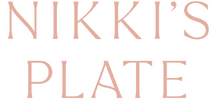


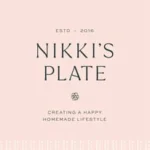


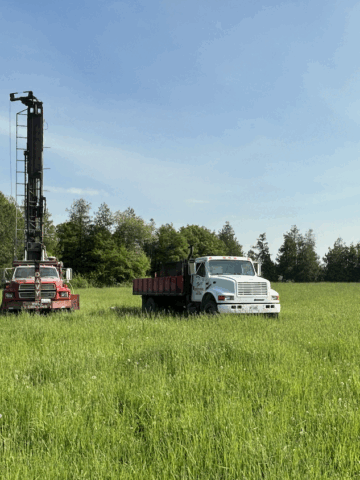
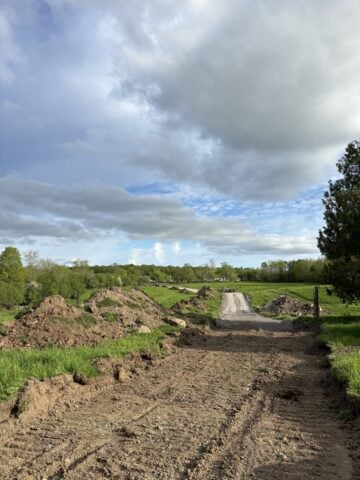
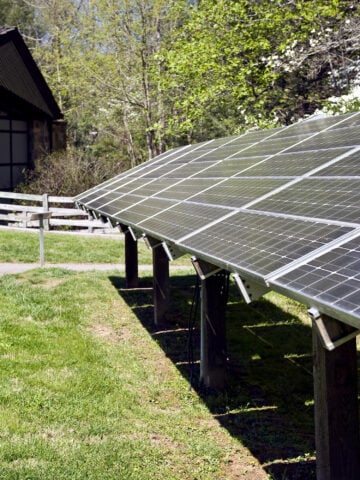
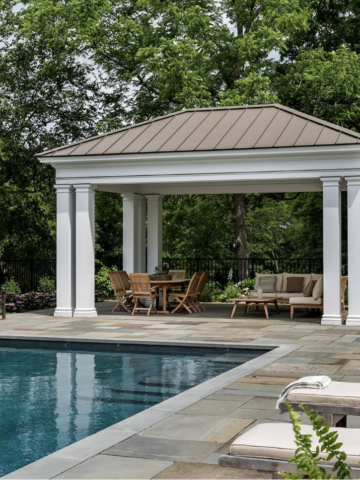
Leave a Reply